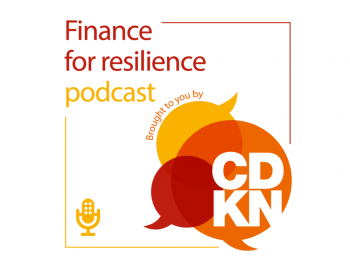Policy Brief: Peri-urban ecosystems - The potential for a planned approach in India
Policy Brief: Peri-urban ecosystems - The potential for a planned approach in India
With India’s rapid rate of urbanisation, people are settling on the peripheries of cities where relatively more affordable services, such as housing, cheap land and commercial goods and services, are available. Natural ecosystems play an important role in these spaces in enhancing climate resilience and sustainable urban development. However, these ecosystems are typically neglected to give way to mainstream development, and this results in significant consequences related to environmental degradation.
This brief examines the importance of peri-urban ecosystems and outlines possible policy responses in India to preserve and manage these areas to contribute to sustainable and climate resilient development. While the brief provides a general overview of peri-urban areas in India, we acknowledge that approaches to these areas need to be sensitive to the dynamics of that particular context.
While there is no consensus around the definition, peri-urban areas are generally characterised as regions of transition from rural to urban areas, where the features of both often blend together. For example, these areas tend to have diverse land-use patterns, ranging from agriculture and forestry to residential and industrial uses. They are also marked by patterns of migration where rural populations first settle on the peripheries of cities, and then move into the urban area where the demand for affordable labour in services and manufacturing industries is higher.
Due to unclear administrative boundaries and associated governance challenges, peri-urban areas and their ecosystems are often neglected, and this tends to affect livelihoods and the environment. With limited access to modern infrastructure or a supply of clean water and sanitation facilities, these areas face increased vulnerability to the impacts of climate change.
This brief finds that an integrated approach to management of peri-urban areas can potentially bridge the rural-urban divide and integrate planning at the district level, bringing together multiple stakeholders for decentralised, local governance.
Download the policy brief here.
Photo: Unplanned houses in front of high-rise residential buildings in the outskirts of Mumbai, India - Shutterstock.



